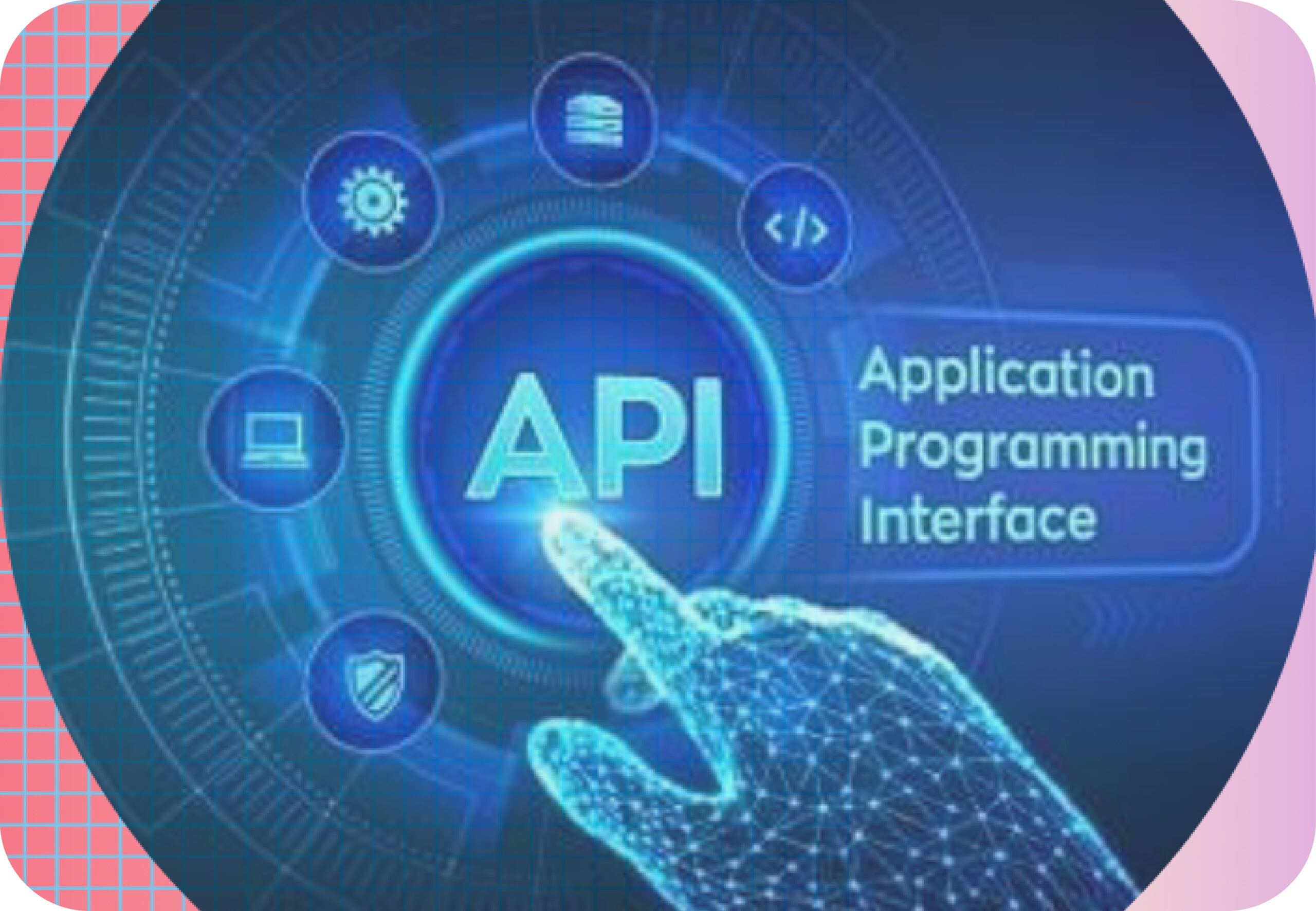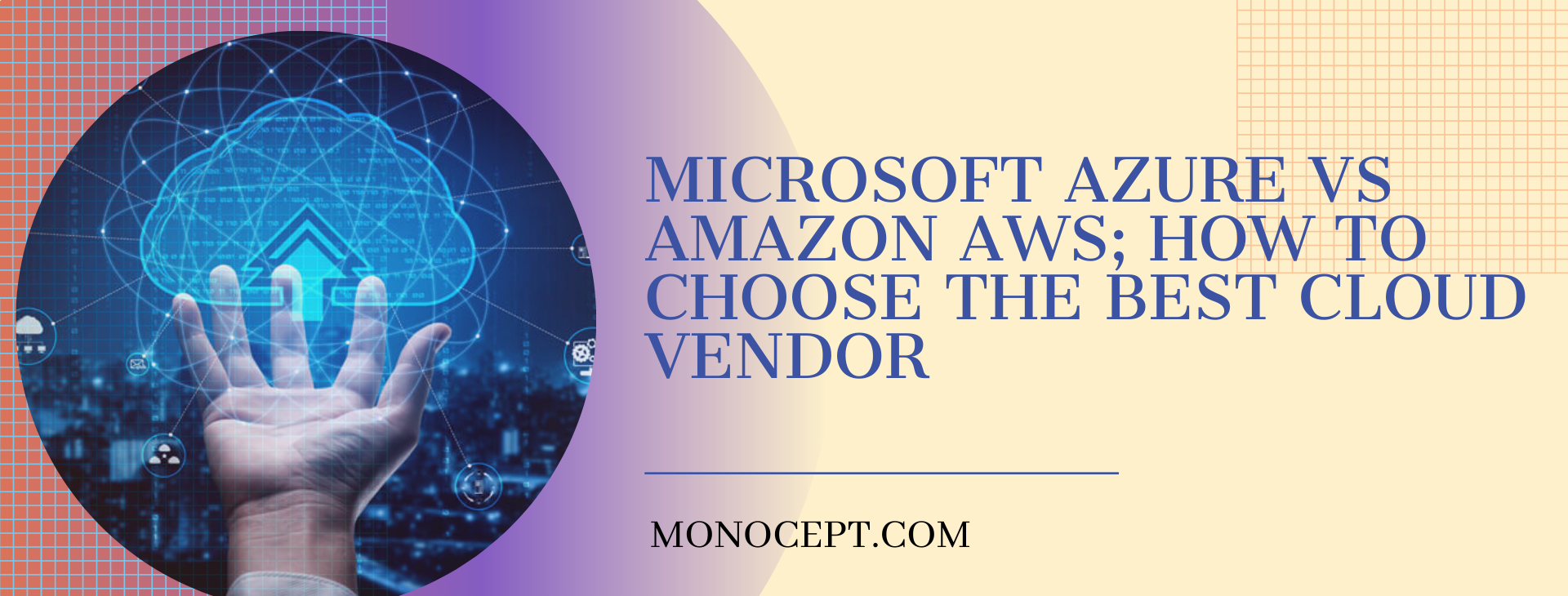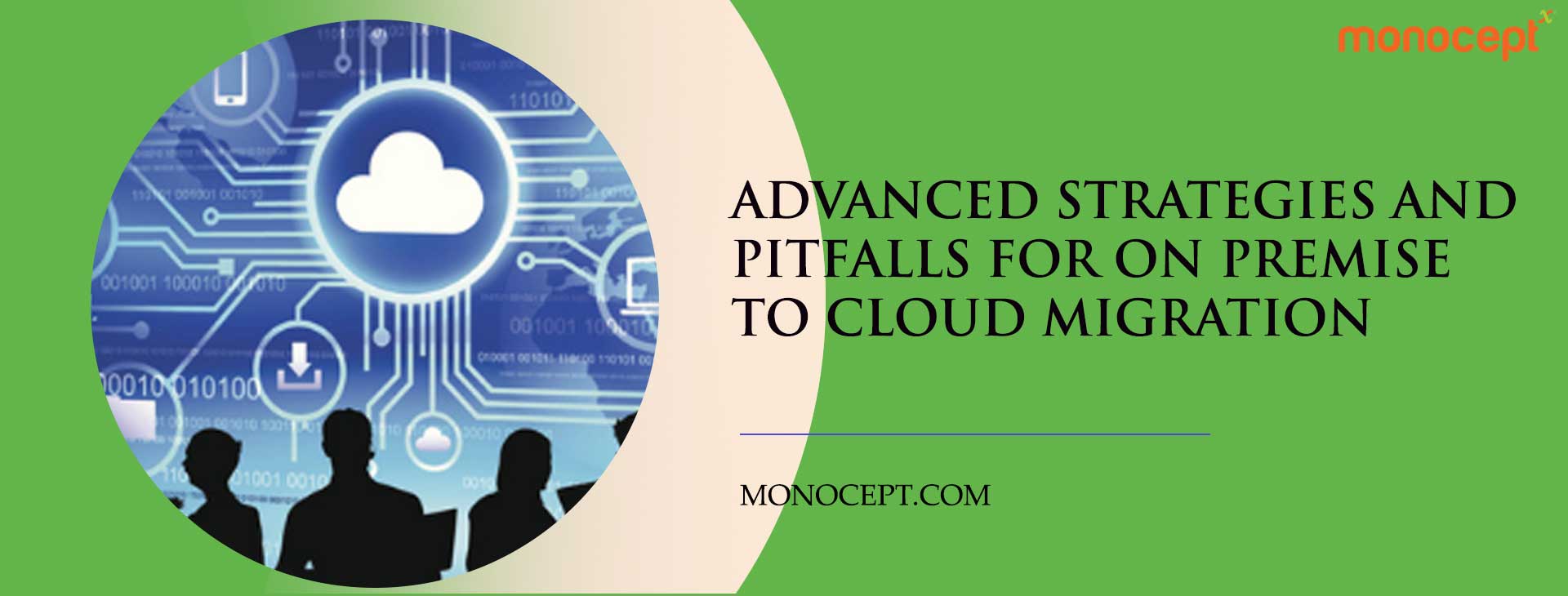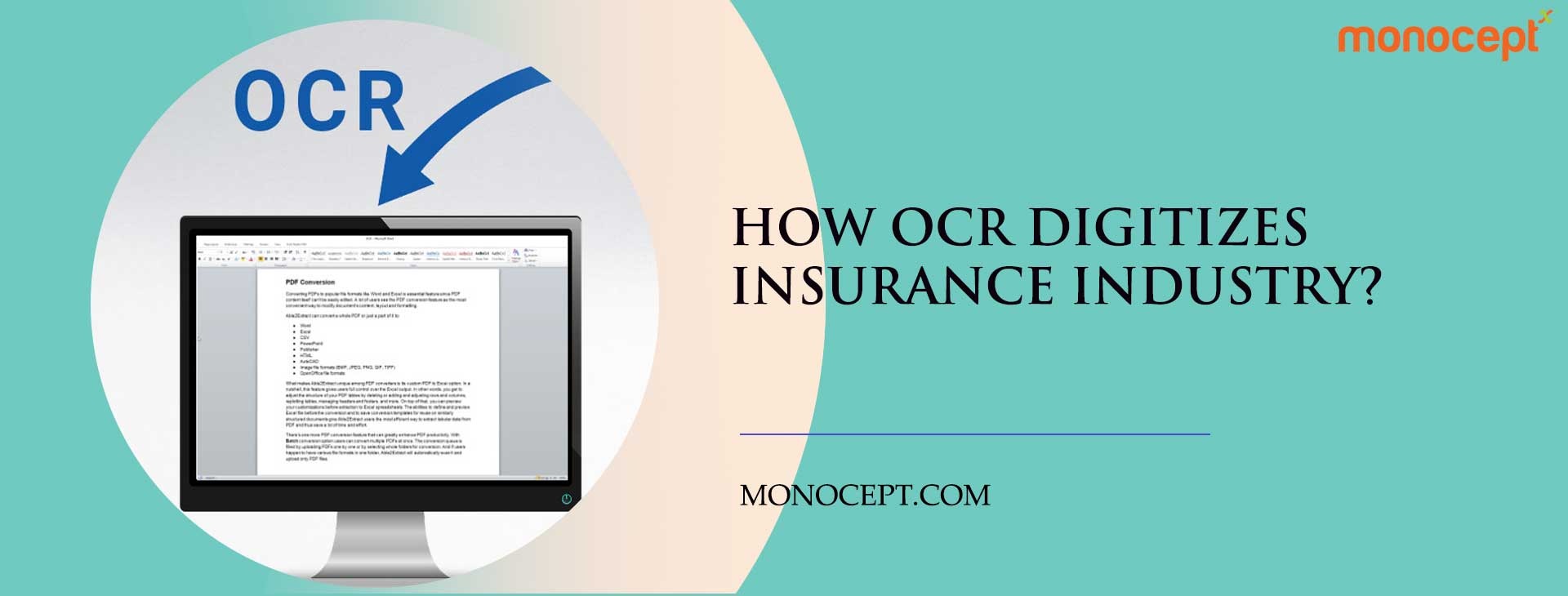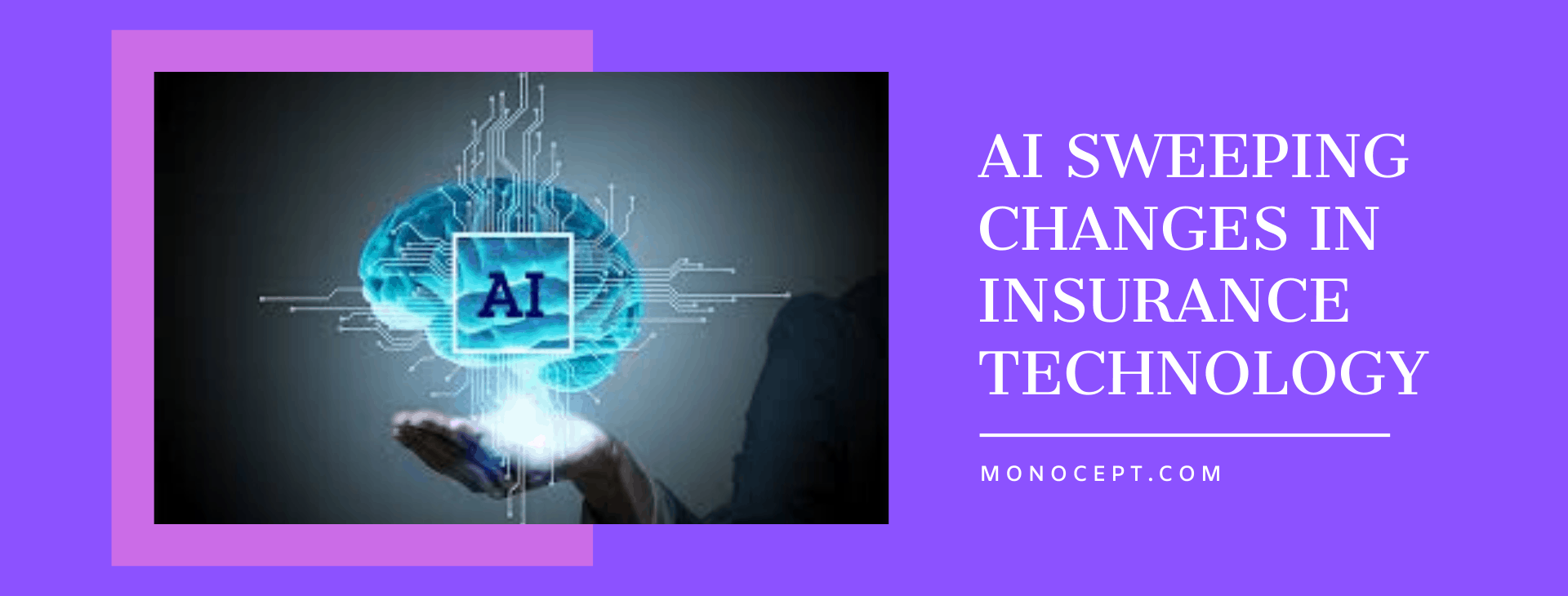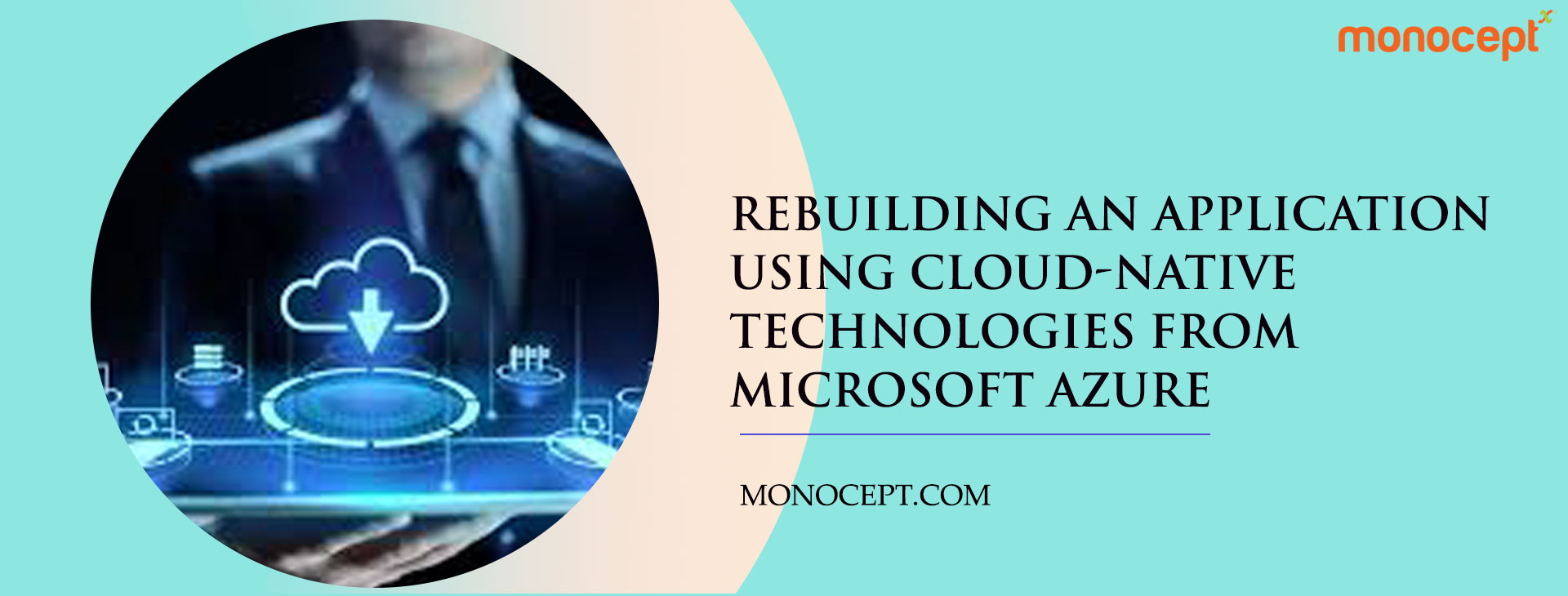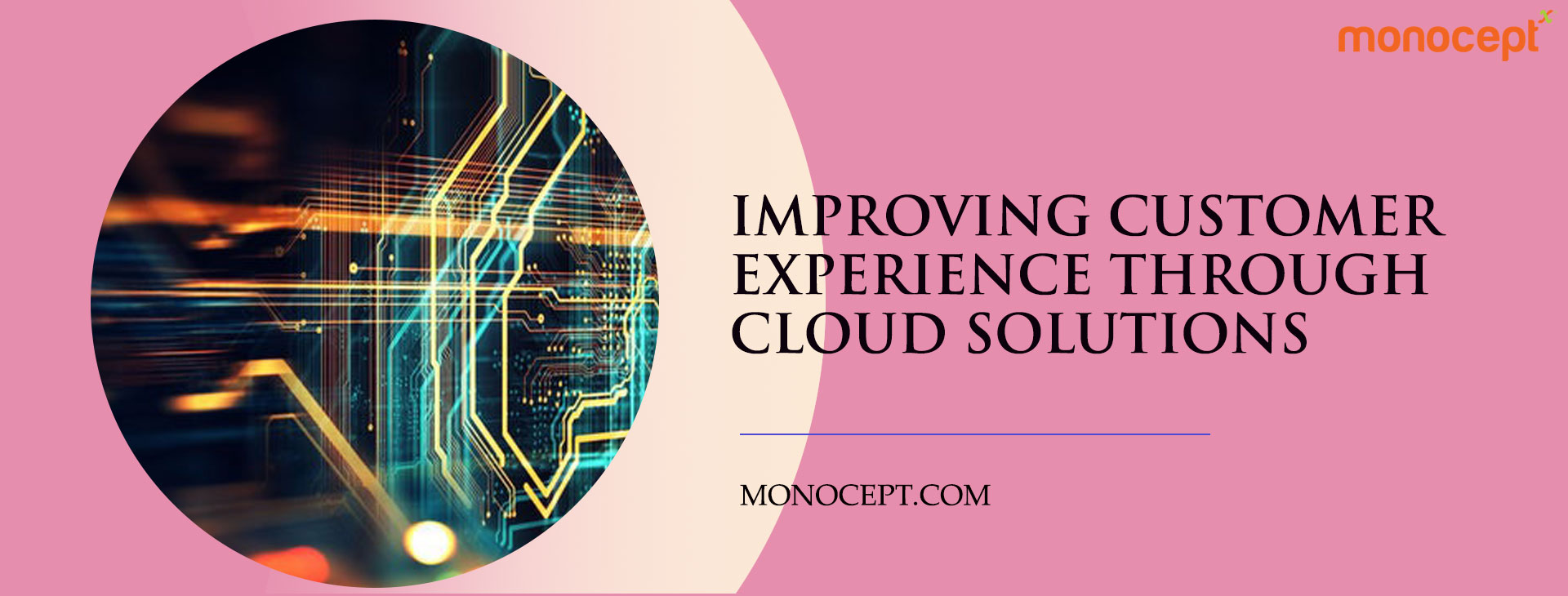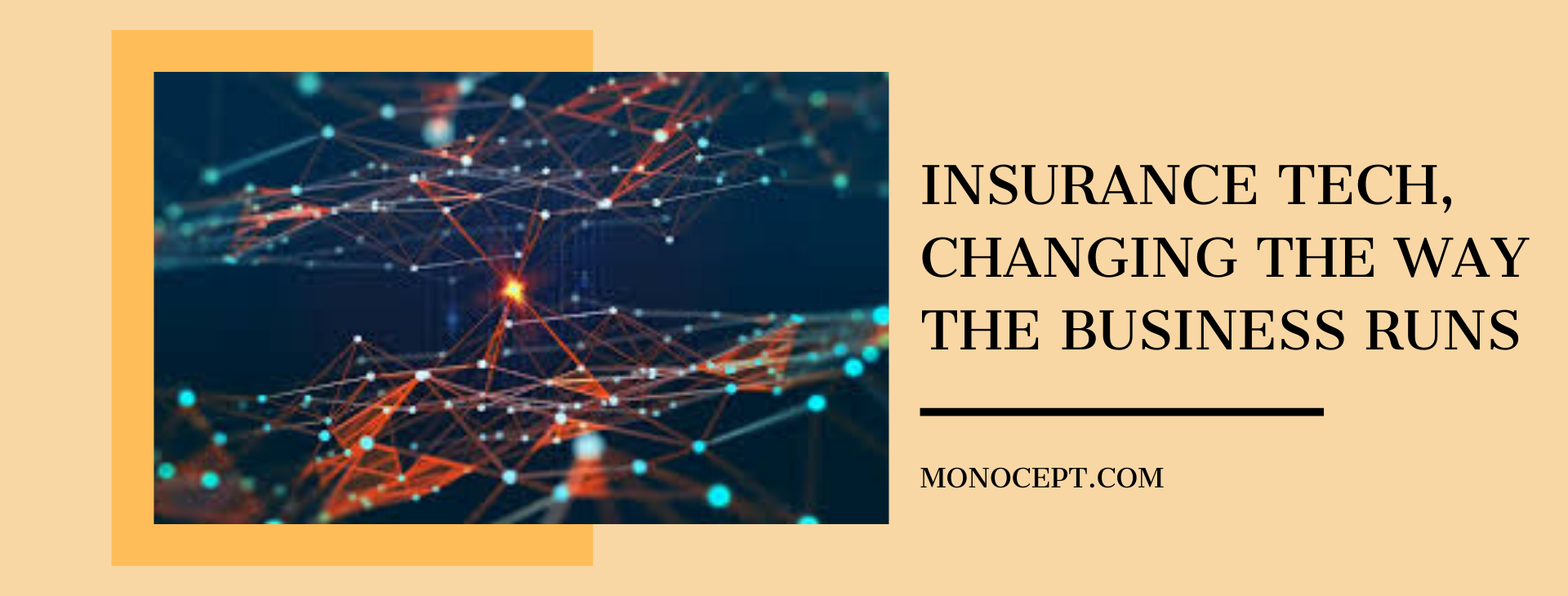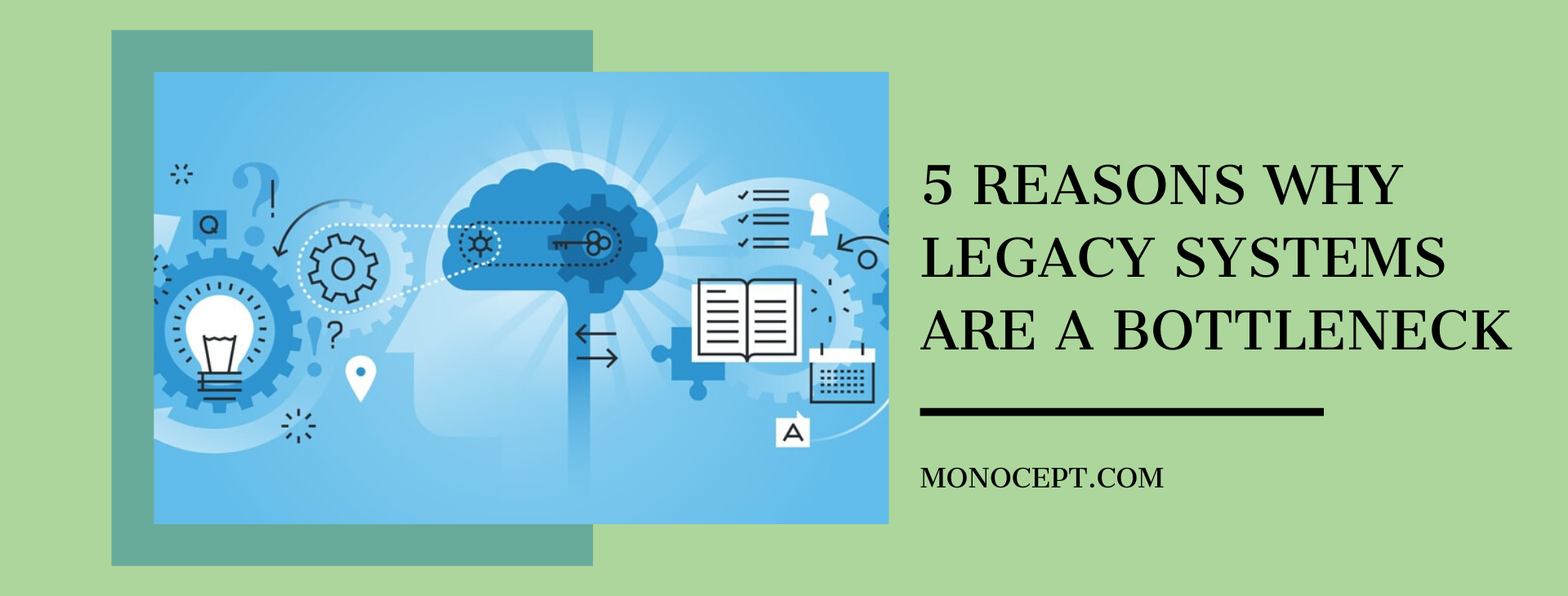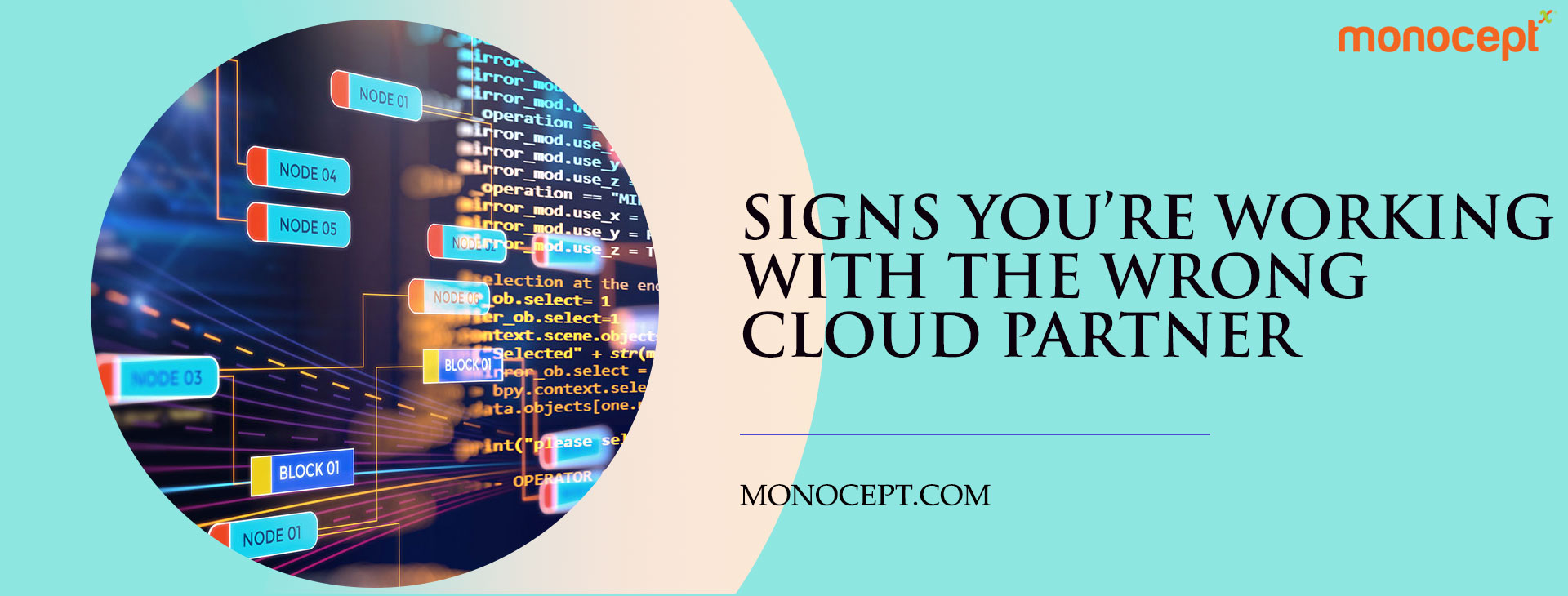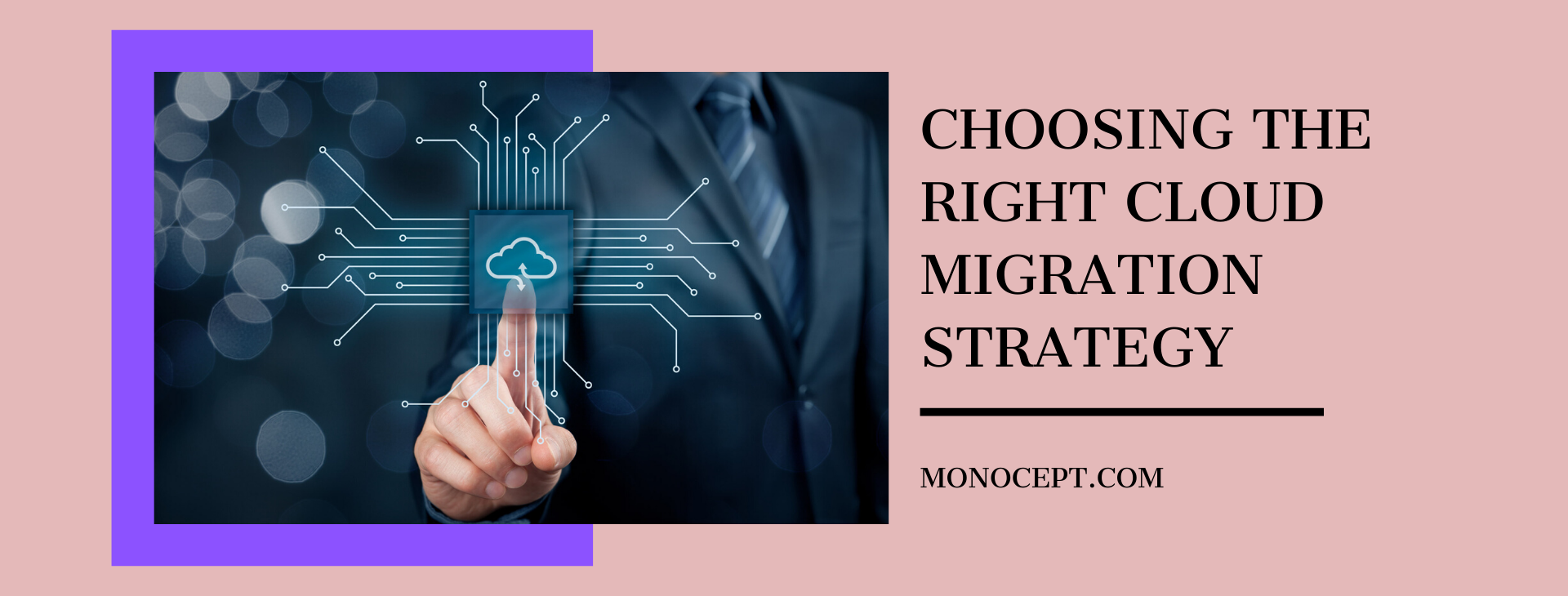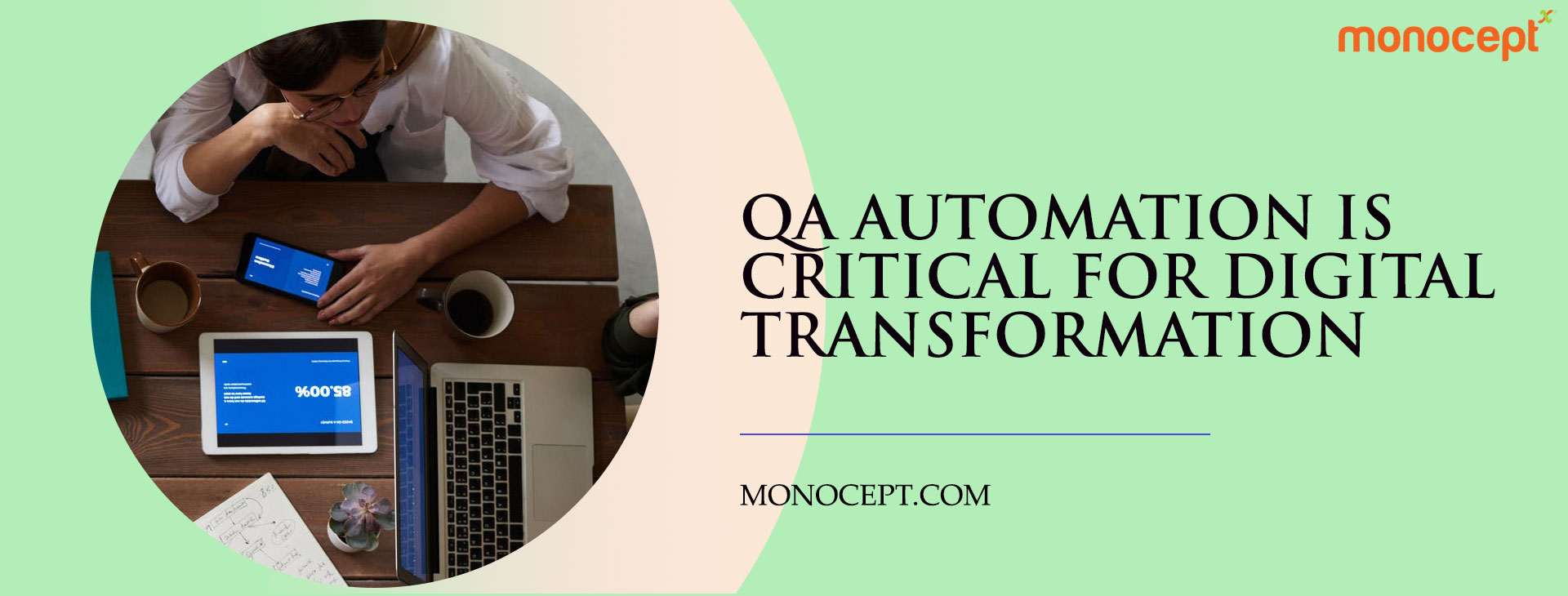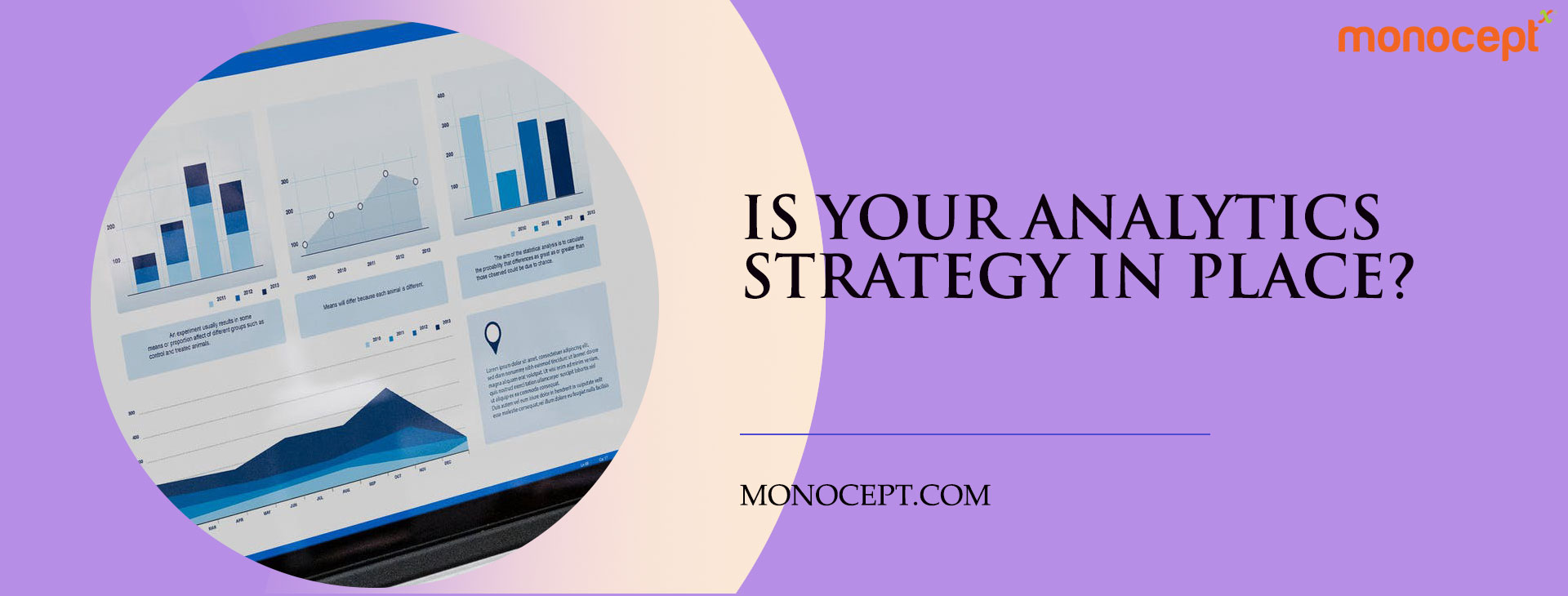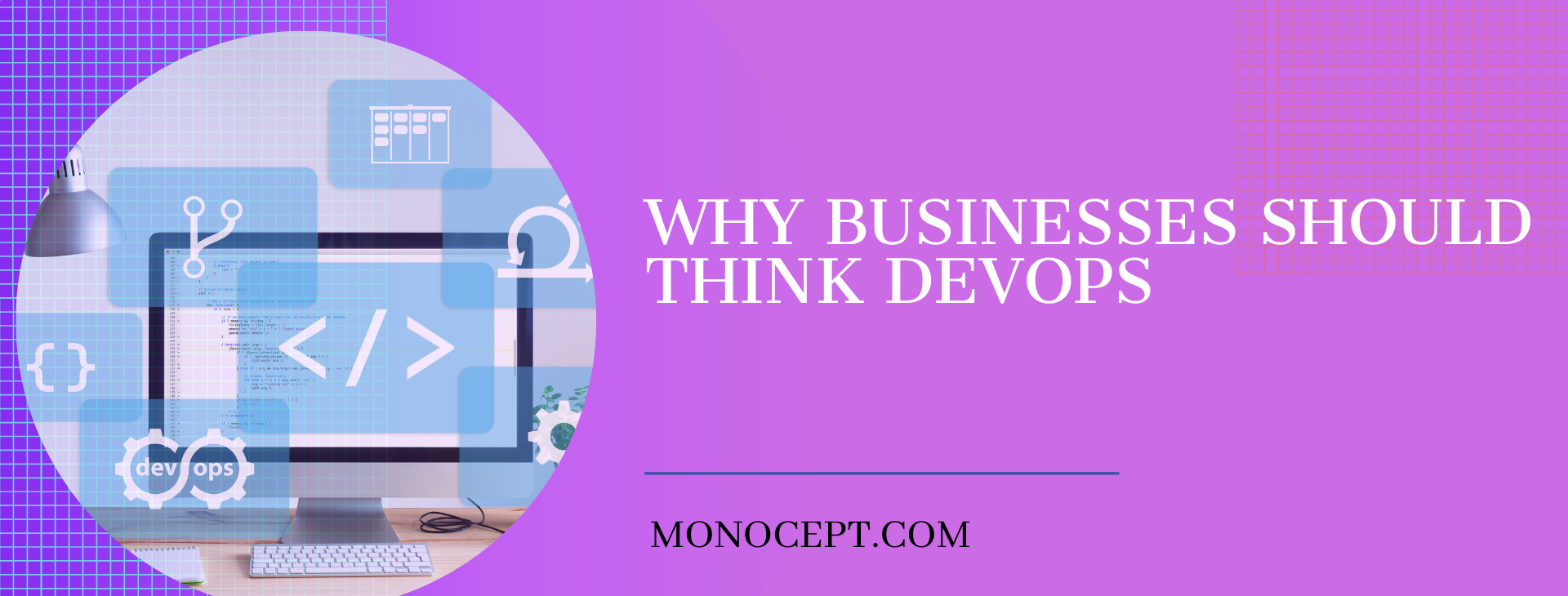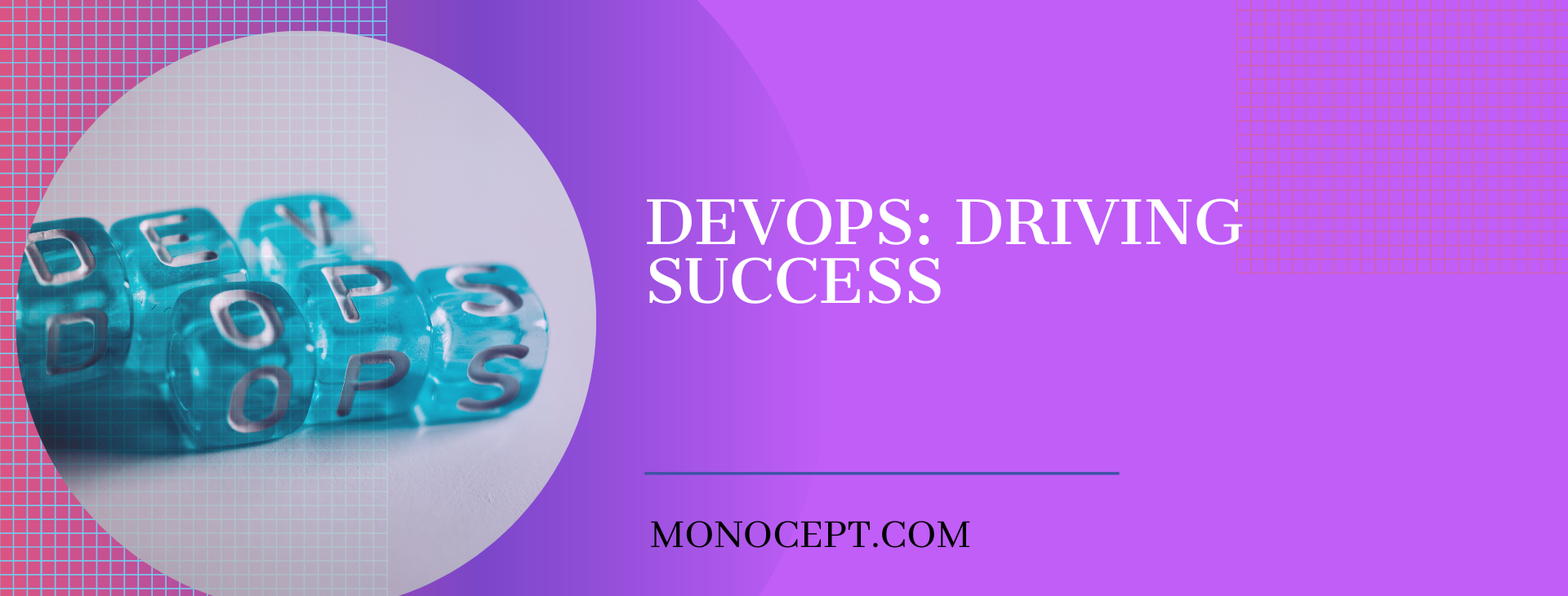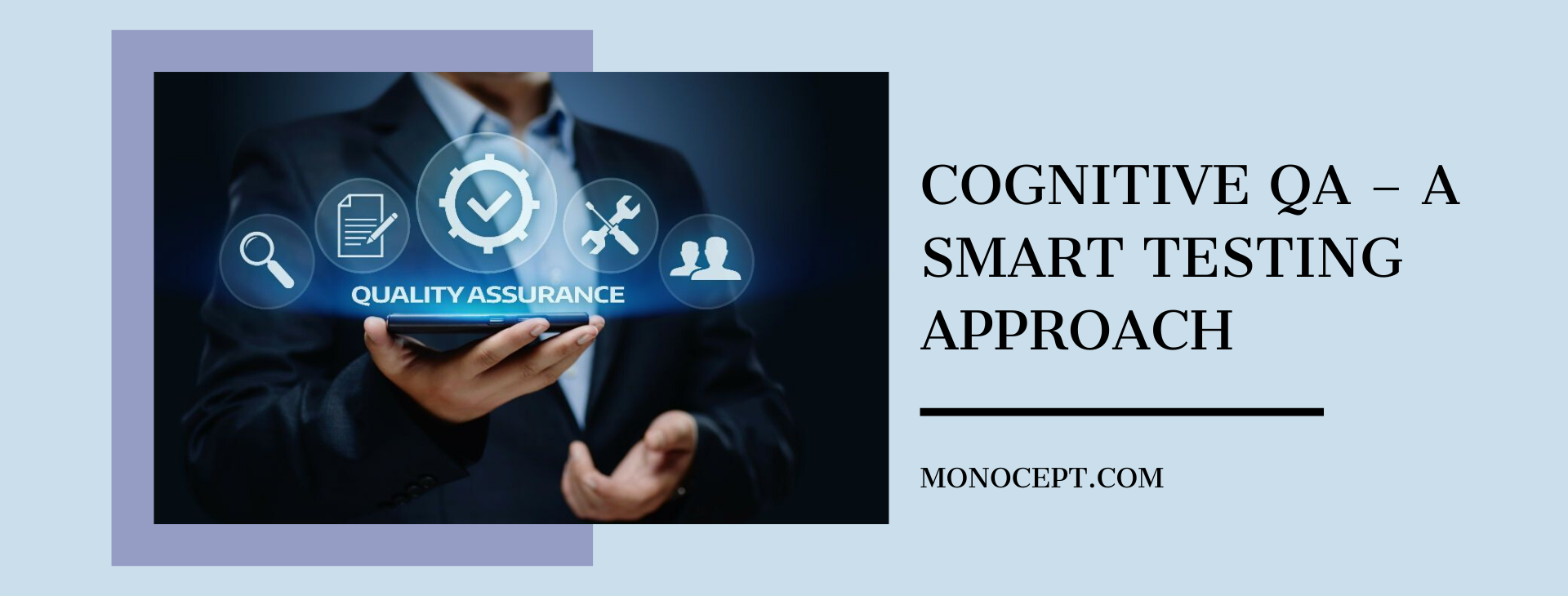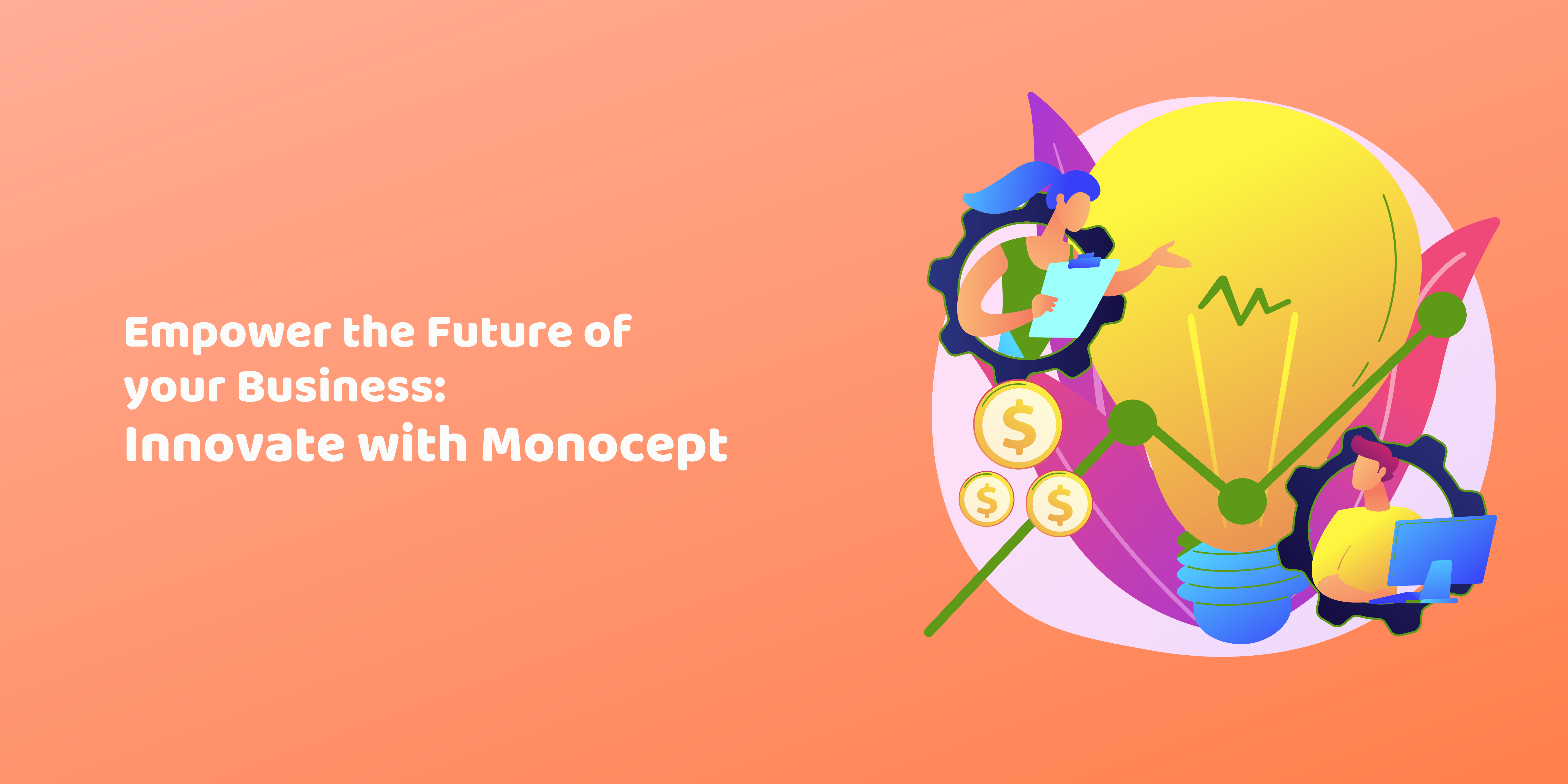How cloud computing can help businesses grow
We’ve already discussed at length how cloud computing has grown into a rapidly evolving and reliable technology that offers organisations enormous business benefits. The biggest driver that has led to the popularity and adoption of cloud computing by companies is that it enables them to access resources for computing depending on demand, while paying only for what they use instead of necessitating massive fixed expenses upfront. We’ve discovered, with the help of elaborate examples, how virtualisation of IT infrastructure and databases is a great starting point for companies to unlock the true power and potential of cloud computing. We’ve also discussed, in depth, the various cloud migration strategies that organisation’s have at their disposal, depending on the level of adoption they want to achieve.
The next step in understanding exactly how much cloud computing can help businesses grow is to examine the close relationship between new, cutting-edge technologies and cloud computing. Given the popularity of cloud — according to the latest Future of Jobs Survey but the World Economic Forum (WEF) 72 percent companies around the world, across industries and sectors, will have adopted cloud computing by the year 2022 — it is not surprising that most emerging intelligent technologies are built on and enabled by cloud computing. The next frontier for businesses so they can secure a strong competitive advantage is to expand the scope of the solutions they offer to include more services by leveraging cloud-based technologies so they can derive greater value for themselves and their customers.
There are several kinds of cloud-enabled technologies that can provide great opportunity for growth and benefits for organisations. Some of them are:
The rise of edge computing
According to the analyst firm Gartner, by 2020, the world will have over 26 billion devices connected to the Internet. This massive proliferation of the Internet of Things (IoT) basically means that most of our devices are powered by cloud-based content and computing power that is centralised. The next step in the wide-scale adoption of cloud is edge computing, which, in the simplest of terms, refers to computing that is literally done on the device itself, or very close to the data centre. What this means is that the cloud is coming to the user’s very device to ensure lightning-fast experience of the technology. The need for edge computing has arisen in recent years due to the large and new volumes of data that are created as more and more devices join the giant network that is the IoT. The result is that organisations are now desperately trying to innovate and create cloud-enabled technologies that can carry out maximum processing locally on the device itself to offset server costs, while at the same time improving latency (the perceived delay between firing a command or providing input and receiving an answer or output) and alleviating the privacy concerns that come with IoT.
Distributed systems
In the distributed system of computing, large problems are solved by breaking them down into smaller tasks that are computed on individual, self-directed computers using local memory while also communicating with other computers within the network. Distributed systems are challenging the authority and inefficiencies of centralised systems, where one central computer controls and performs all computations. Distributed systems enable higher performance at a lower cost because adding microprocessors is a cheaper undertaking and more suitable for fluctuating growth in business needs. It is easier to added software and computational power incrementally in a distributed system.
Machine learning
IoT, combined with higher computing capabilities enabled by distributed systems and low latency has made it possible for high-stakes machine learning technologies such as self-driving cars become more sophisticated and accurate by deriving insights and acquiring capabilities that help them forecast future user actions more accurately. This is possible only when processed data is sent back to the cloud to sharpen the algorithm, and when updates from the manufacturer are installed to the software automatically and seamlessly.
Real-time analytics
The rise of IoT, distributed systems and machine learning have all resulted in massive volumes of data, which when analysed correctly can prove a game-changer for businesses with the insights that can be derived from them. While on the one hand large data sets are being generated at a rapid pace, higher computing power has made it possible to analyse this data minutely and in real time. Cloud systems are the obvious choice for handling and making accessible such large volumes of data for real-time and continuous analysis by businesses.
What’s your Challenge? Let’s work together to solve it.









